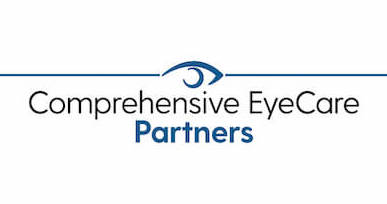
Routine medical exams are an important part of staying healthy. Like you should see your doctor for a physical every year and have your teeth cleaned every six years, you need regular eye exams. But how often do you need them? The answer depends on a few things.
General Eye Exams
Having a comprehensive eye exam, or general eye exam is a way for your eye doctor to make sure that your eyes are healthy. A comprehensive exam usually includes both visual acuity tests and examining your eyes for signs of disease.
Visual acuity tests make sure you can see at various distances and with both eyes separately as well as together. Examining your eyes for signs of diseases like glaucoma and macular degeneration involves taking your internal eye pressure and dilating your eyes to examine your retina.
If you have any refractive errors, your doctor will also measure and update your prescription if it’s changed since you last saw them. The importance of this routine testing depends on both your age and your risk level.
How Old Are You?
Adults between the ages of 18 and 60 with no other eye conditions, including a refractive error, only need to see an eye doctor every two years. Children older than six also only need an exam every two years as long as they have no eye conditions or are not at high risk for developing an eye condition.
Before the age of six, children only need one exam at six months old and one at three years old.
Once you turn 60, you should see an eye doctor every year. Being over 60 puts you at higher risk for cataracts and conditions like glaucoma and age-related macular degeneration.
Early detection is key in managing these conditions and preventing vision loss. There are other factors besides age that may make it necessary for you to see an eye doctor more often.
Risk Factors
Being a high risk for an eye condition means you should have your eyes examined more often. For children, having a significant refractive error, developmental problems, crossed eyes (strabismus) a lazy eye (amblyopia), or a family history of eye disease, means having yearly eye exams is a good idea.
Babies born prematurely may also need to have their eyes looked at before they turn six months old.
For adults, risk factors also include having a high refractive error and a family history of eye disease. They also include having diabetes, hypertension, and taking medications like corticosteroids.
These can have side effects that can damage your vision. If you have any of these risk factors, you should see your eye doctor annually.
In the end, your eye doctor can tell you how frequently they need to see you based on your medical history. It’s a good idea to see them more often if you know you’re a higher risk.
They may recommend you see them even more than once a year if you’re considered especially high risk. To be safe, always follow the recommendations of your eye care doctor.
Are you aware that it’s been too long since you saw your eye doctor? Schedule an appointment at Shepherd Eye Center in Las Vegas, NV with one of our trusted ophthalmologists today!


